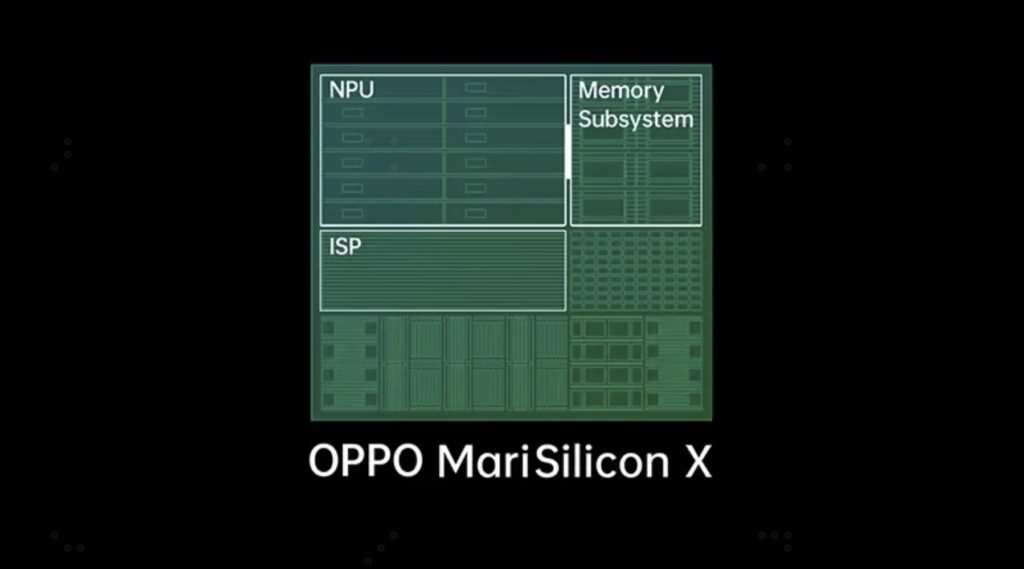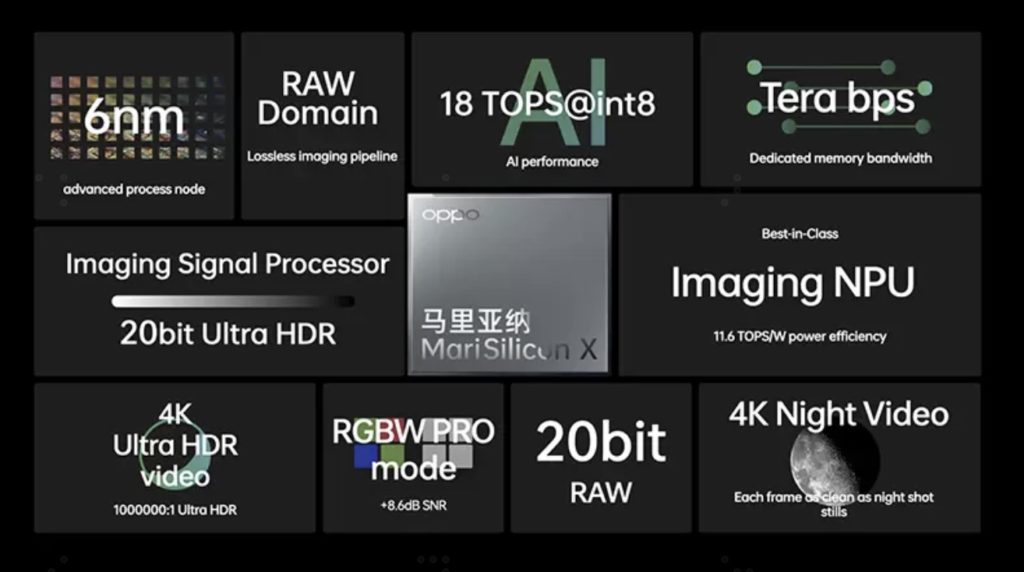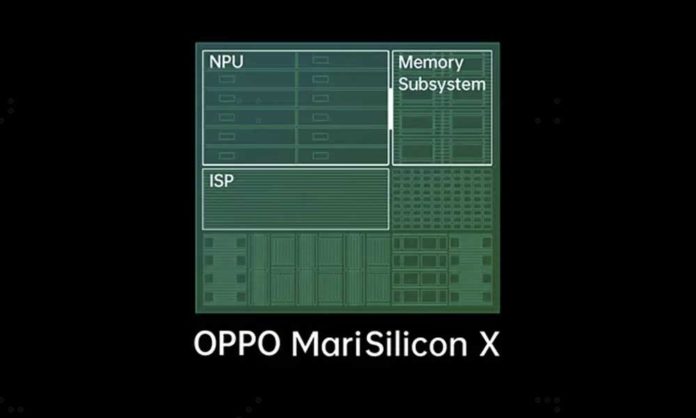Innovation alone is not enough in today’s era of rapid tech advancements – speed to market (STM) has become a critical success factor in the innovation industry, differentiating the pioneers from contenders and mere pretenders. As a global leader in smart devices, OPPO has always strived for the perfect balance between pioneering innovation and business growth – the precise zone that defines a decisive competitive advantage.
OPPO has been continuously focusing on the development and implementation of its imaging technologies as a way of providing users with an even better experience on OPPO smartphones. Based on over ten years of analysis of the needs of users, and the acquisition of its extensive know-how in cutting-edge technologies, OPPO has unveiled a series of technological breakthroughs.
As OPPO’s exploration of imaging technology goes deeper, new challenges appear. Most breakthroughs in imaging technology these days result from advances in computational photography. But despite some advances, the smartphone industry as a whole has so far failed to unlock the true power of these algorithms. However, this comes at the obvious drawbacks of using deficient image formats, which contain less information than uncompressed formats and offer less room for algorithms to make an impact.
To address this problem, OPPO believes that only by applying advanced computing power to every possible part of the image processing pipeline can we truly unlock the power of computational photography needed to bring about features such as 4K AI Night Video.
Based on this, OPPO has spent the last three years developing its first Cutting-edge Imaging NPU, MariSilicon X.On December 2021, OPPO unveiled its first self-designed, game-changing NPU. With the launch of this breakthrough, OPPO announced its new global brand proposition, a beautiful summation of OPPO’s vision for the future: Inspiration Ahead.
MariSilicon X is OPPO’s first fully self-designed Neural Processing Unit (NPU). Built on 6nm process technology, MariSilicon X is a groundbreaking pairing of advanced NPU, ISP, and Multi-tier Memory Architecture. It delivers superlative image processing with ultra-high power efficiency., MariSilicon X boasts real-time RAW processing of 20bit Ultra HDR and 4K AI Night Video at the pixel level, amongst other cutting-edge capabilities. Debuting on the flagship Find X Pro, MariSilicon X promises the most advanced and powerful Imaging experience ever.

The development of cutting-edge AI tech like MariSilicon X is no mean feat, certainly comparable to a dive in the deepest part of the sea. The very name of MariSilicon X is derived from the Mariana Trench – the deepest known part of the world’s oceans, where even the most experienced and skilled divers hesitate to tread. Conviction and rational need of a specific kind is surely a prerequisite for a journey that deep, the kind often also called madness.
With all due credit to the external chipset manufacturers, the need for the sharpest cutting-edge technology is getting bigger, especially in the case of flagship devices. The consistent evolution of AI is also opening many design avenues that may not currently be feasible for general Android platforms. Global smartphone giants utilizing their resources to address those needs on a platform level is a strategic approach that aims for the future.

OPPO integrated its software and hardware services in 2019 as part of its new strategy, investing serious sums in R&D since 2020 over a 3-year horizon. The move has already borne fruit with the revolutionary MariSilicon X.
OPPO has filed patents in more than 40 countries and regions. In 2021, OPPO ranks 3rd among global patent assignees, ranks 13th globally or 2nd among Chinese companies for Europe patent applications, and ranks among the top 50 US patent assignees. As of June 30, 2022, OPPO has filed over 80,000 patent applications and has more than 40,000 granted patents globally. Among these, 72,000 were utility patents, accounting for 90% of all OPPO patent applications. According to World Intellectual Property Organization (WIPO), OPPO ranks among the top 6 PCT filers in 2021.
If we look back, OPPO unveiled a myriad of Imaging technological advancements including OPPO’s next-generation RGBW sensor, the 85-200mm Continuous Optical Zoom, Five-axis OIS technology, and next-generation under-screen camera with a series of proprietary AI enhancement. Utilizing these new technologies, OPPO has achieved a great leap in smartphone imaging technology covering various imaging capabilities, including light-sensitivity, zoom capability, stabilization, future product form factor pre-research, and more.
Before the launch of MariSilicon X, there were only three Chinese manufacturers with the capacity to mass-produce and commercialize 6nm chips. But for 6nm imaging NPU, there was no reference at all. That means that OPPO has entered a no-man’s land, and MariSilicon X is a highly risky project: high R&D expenses, high R&D difficulty and extremely high risk of failure. No one knew if it will succeed, or fail.
OPPO’s first self-designed NPU Marisilicon X delivers an incredible 18 trillion operations per second (TOPS), more than enough computing power to support our AI algorithms. Processing images at the pixel level in real-time is a crucial requirement for high-performance algorithms, and OPPO’s experience has led it to the conclusion that this can only be done when the computing power dedicated to image processing exceeds 10 TOPS (trillion operations per second.
In order to be able to process RAW data in real-time, MariSilicon X includes a powerful ISP. The dynamic range of conventional HDR images is around 16-18bit, however OPPO has taken this a step further to an incredible 20bit 120db dynamic range with the MariSilicon X.
It also sports innovative Multi-tier Memory Architecture. With MariSilicon X, OPPO designed a multi-tier memory architecture that is more than capable of keeping up with the high-speed NPU.
It helped in bringing RAW domain real-time processing to an Android Smartphone for the first time. As a Cutting-edge Imaging NPU, MariSilicon X is an important step towards fully integrating OPPO’s image processing pipeline to deliver truly professional performance.
This revolutionary NPU brings about an all-new high in smartphone imaging performance, making ultra-high-definition 4K video a reality in the RAW domain using completed data and unleashing the full potential of OPPO’s AI noise reduction algorithm for the first time to create clearer, sharper videos.
Self-developing chip is an incredibly complex process. Riding the wave of rapid technological evolution –5G, AI, cloud computing, IoT, etc. – OPPO’s transition from a trendy brand, to a smart-tech pioneer is an inspiring study in strategic pivoting and innovation management. It certainly befits the brands proposition of providing long-run solutions and Inspiration.
MariSilicon X, a truly incredible invention, is OPPO’s decisive step toward global leadership in Imaging technology. The fact that it’s developed in-house is a testament not only to OPPO’s cutting-edge R&D but also to its sheer corporate heft and staggering physical capacity. Its super-optimized processes and manufacturing operations ensure a clear and formidable edge in several key areas – the much desired and envied “ Competitor Advantage” that all companies aspire towards, yet few actually achieve.

This commitment to consistently raise the industry bar further, while bringing unprecedented power and freedom to the hands of end users – is proof – not of a methodical madness, but of the simple, unwavering belief that there is indeed nothing, but only Inspiration Ahead.




































